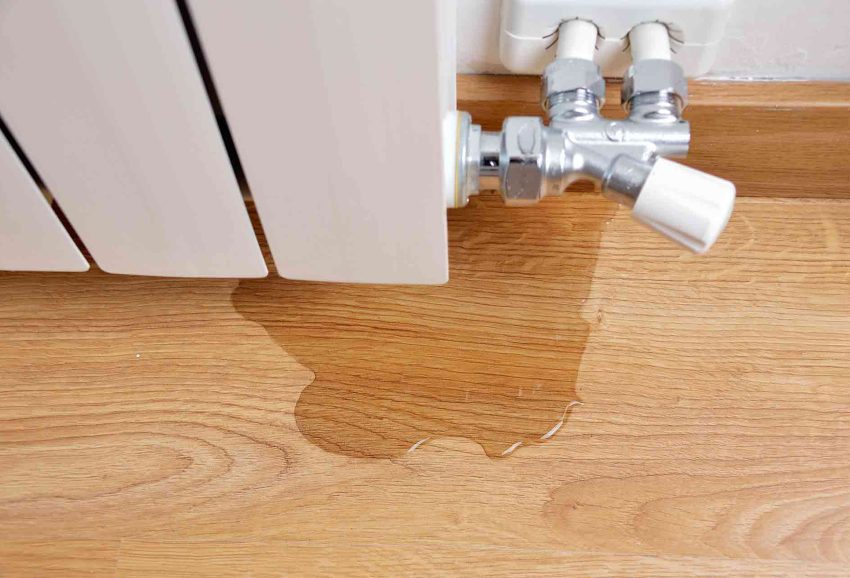Water leaks may start as minor inconveniences, but if left untreated, they can escalate into serious problems, causing damage to your property and leading to costly repairs. Early detection and addressing leaks promptly is essential for homeowners and property managers alike. Below, we’ll explore the common types of water leaks in homes, their causes, and how to handle them effectively.
Common Types of Water Leaks
Plumbing Leaks
Plumbing leaks originate from damaged or corroded pipes, loose connections, or improper installations. They are among the most frequent issues in residential properties and can occur anywhere in the plumbing system. Typical signs include dripping faucets, low water pressure, or visible water stains on walls and ceilings. Addressing small leaks immediately by tightening fittings or replacing washers can save homeowners from dealing with burst pipes or severe water damage later. Regular inspection of your home’s plumbing system is a proactive way to prevent bigger problems. If you are seeking a quick response from a plumbing company in case of emergency, you can search on Google ‘water leak detection near me‘. You will get a top-notch company that is ready to take care of your issues.
Roof Leaks
Roof leaks are caused by damaged or missing shingles, deteriorated flashing, or clogged gutters. These leaks often go unnoticed until water stains start appearing on the ceiling or mould develops in the attic. Periodic roof maintenance, such as clearing debris from gutters and checking for loose materials, helps to prevent leaks. If damage is suspected after heavy rain or windstorms, it’s essential to inspect affected areas quickly and carry out necessary repairs.
Appliance Leaks
Appliances like washing machines, dishwashers, refrigerators, and water heaters are common culprits for household leaks. Over time, hoses, valves, or seals can weaken or deteriorate. Signs to look out for include pooled water near the appliance or unusual noises during operation. Regularly inspecting and replacing worn-out parts, as well as ensuring the proper installation of these appliances, can reduce the likelihood of leaks. For example, replacing rubber hoses with more durable stainless-steel ones for washing machines can be an effective preventative step.
Foundation Leaks
Foundation leaks can be particularly concerning, as they often result from cracks in the concrete slab, drainage issues, or improper sealing. When water seeps into the foundation of a home, it can compromise its structural stability. Visible cracks, damp spots along basement walls, or unexplained increases in water bills could indicate such leaks. Addressing the issue typically involves sealing cracks and improving drainage systems to divert water away from the foundation.
The Risks of Ignoring Water Leaks
Ignoring water leaks can lead to significant problems, ranging from mould growth to structural damage. Mould thrives in damp environments, posing health risks to occupants, particularly those with respiratory conditions. Structural damage from prolonged water exposure can weaken walls, floors, and foundations, making repairs extensive and expensive. Furthermore, even a small plumbing leak can drive up water bills significantly. Addressing leaks early saves money and preserves the safety and functionality of your home.
What to Do If You Discover a Leak
If you discover a water leak in your home, the first step is to minimise the damage by shutting off the water supply. If possible, contain the leak using buckets or towels. Depending on the leak’s severity, you may need to arrange for professional help to repair pipes, appliances, or structural damage. Also, consider documenting the damage to share with your home insurance provider if needed. Acting swiftly ensures that the problem does not escalate unnecessarily.
Staying Ahead of Water Leaks
Water leaks may be a common issue, but regular maintenance and vigilance can significantly reduce their impact on your home. Whether it’s tightening a loose faucet or scheduling professional roof inspections, each step taken to prevent or address a leak contributes to a safer and more cost-effective living environment. By staying alert and responding promptly, homeowners and property managers can effectively protect their properties from the risks associated with water leaks.
